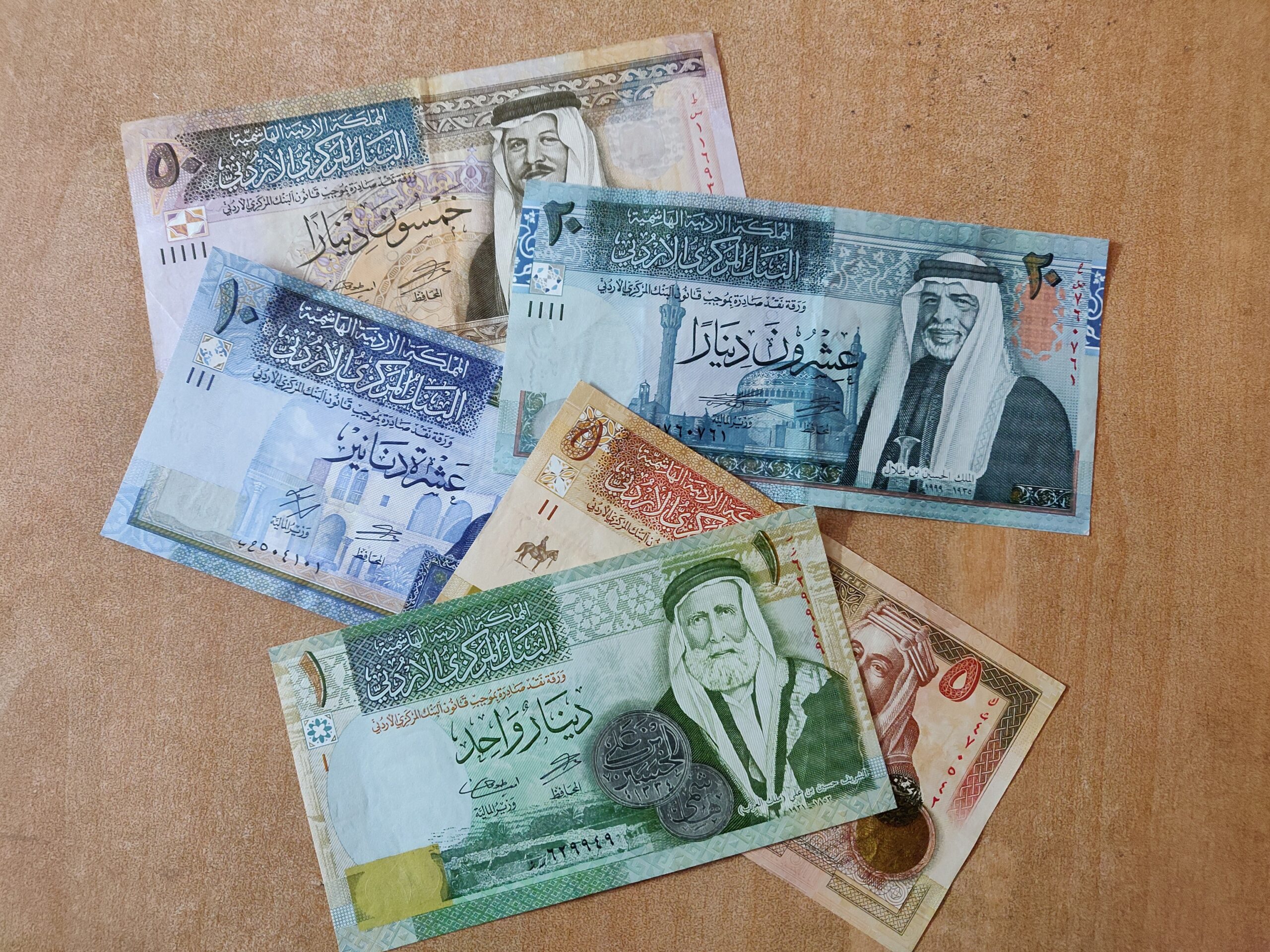1.Kuwait Dinar (KWD)
The Kuwaiti dinar is the strongest currency in the world, with 1 dinar buying 3.25 dollars. Kuwait is located on the Persian Gulf between Saudi Arabia and Iraq, and the country earns much of its wealth as a leading global exporter of oil.
The Kuwaiti dinar was introduced in the 1960s and was initially pegged to the British pound before being re-pegged to an undisclosed basket of currencies.
2. Bahrain Dinar (BHD)
:max_bytes(150000):strip_icc()/GettyImages-526685911-40d719fb0b5942da9dcf02e7e9f48b7c.jpg)
The Bahraini dinar is the second-strongest currency in the world, with 1 dinar buying 2.65 dollars. Bahrain is an island nation in the Persian Gulf off the eastern coast of Saudi Arabia. Like Kuwait, the country earns much of its wealth from oil and gas exports. The Bahraini dinar entered circulation in 1965 and is pegged to the dollar.
3. Omani Rial (OMR)

The Omani rial is the third-strongest currency in the world, with 1 rial buying 2.60 dollars. Oman sits between the United Arab Emirates and Yemen at the eastern tip of the Arabian Peninsula. As with its wealthy neighbors, Oman is a major exporter of oil and gas. The Omani rial was introduced in the 1970s and is pegged to the dollar.
4. Jordanian Dinar (JOD)

The Jordanian dinar is the fourth-strongest currency in the world, with 1 dinar buying 1.44 dollars. Jordan is a largely landlocked country in the Middle East that is less dependent on oil and gas exports than other nations in the region. It has struggled with sluggish economic growth and rising debt. The Jordanian dinar entered circulation in 1950 and is pegged to the dollar.
5. British Pound (GBP)
The British pound is the fifth-strongest currency in the world, with 1 pound buying 1.22 dollars. Britain’s economy is the world’s sixth largest by gross domestic product (GDP), according to the World Bank. The pound was first introduced in the 1400s before being decimalized in 1971. It is free-floating, not pegged to other currencies.
6. Cayman Islands Dollar (KYD)

The Cayman Islands dollar is in a tie for sixth among the strongest currencies in the world, with 1 Cayman dollar buying 1.20 dollars. The Caymans are a British territory in the Caribbean and are an offshore financial center. The Cayman Islands dollar was first introduced in the 1970s and is pegged to the dollar.
7. Gibraltar Pound (GIP)
The Gibraltar pound shares the No. 6 spot among the world’s strongest currencies, with 1 pound buying 1.22 dollars. Gibraltar occupies just 2.6 square miles at the southern tip of Spain and is officially a British territory. The Gibraltar pound was first introduced in the 1920s and is pegged to the British pound (at par, meaning one GIP equals one GBP).
8. Swiss Franc (CHF)
The Swiss franc is tied for eighth among the strongest currencies in the world, with 1 franc buying 1.08 dollars. The Swiss franc is the official legal tender of Switzerland and its tiny neighbor Liechtenstein, and the currency is seen as a safe haven due to Switzerland’s political stability. The Swiss franc was introduced in 1850 and was later briefly pegged to the euro before moving to a free-float.
9. Euro (EUR)

The euro shares the No. 8 spot among the world’s strongest currencies, with 1 euro buying 1.08 dollars. The euro is the official currency of 20 out of the 27 countries that form the European Union. Euro coins and bank notes entered circulation in 2002, and the currency is free-floating.
10. U.S. Dollar (USD)
The U.S. dollar is the 10th-strongest currency in the world, with 1 dollar buying 1 dollar. All other units of currency across the globe are worth less than a buck. Created in the 1700s, the dollar is legal tender in the U.S.; its territories, including Puerto Rico; and other sovereign nations, such as Ecuador and Zimbabwe.
The dollar also is the largest reserve currency in the world—that is, the currency most held by central banks—and is the currency used to price many commodities, including oil, gold and copper.
The Kuwaiti dinar holds the title of being the most powerful currency globally, as 1 dinar can purchase 3.25 dollars. Situated on the Persian Gulf, Kuwait is positioned between Saudi Arabia and Iraq, and its main source of prosperity stems from being a prominent global oil exporter. The Kuwaiti dinar was first introduced in the 1960s and was initially linked to the British pound before being reconnected to an undisclosed combination of currencies.


















